Possible Duplicate:
General “rule of thumb” for unused IC pins
I read thru couple of questions & answers in here regarding the proper usage of unused MCU pins and all of them discussed about setting them either inputs with internall pull up/down or as output from the embedded software.
However, nobody mentioned the obvious: wiring the unused pin to GND or VCC. Is there any reason why one should not do that and use the software methods instead?
